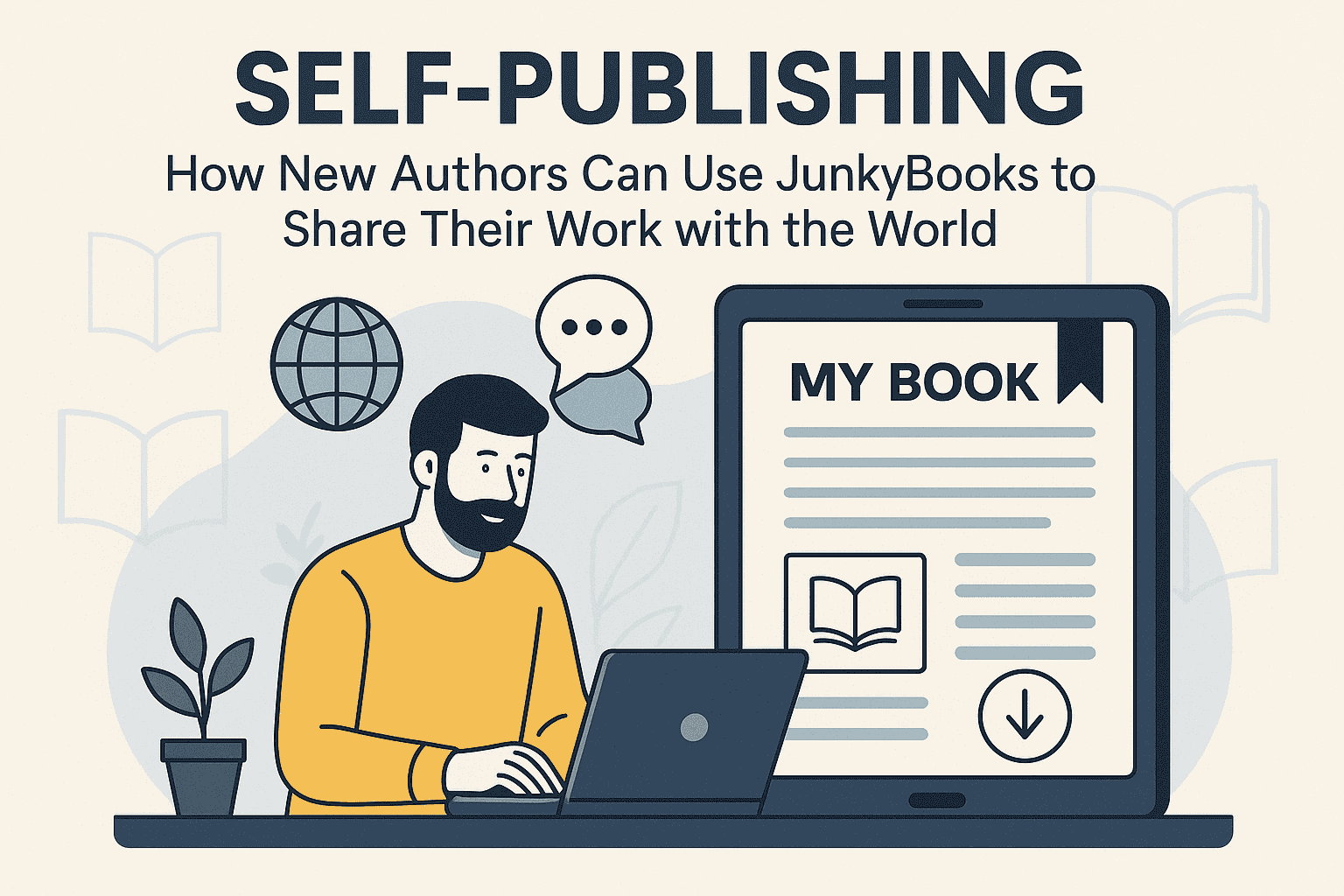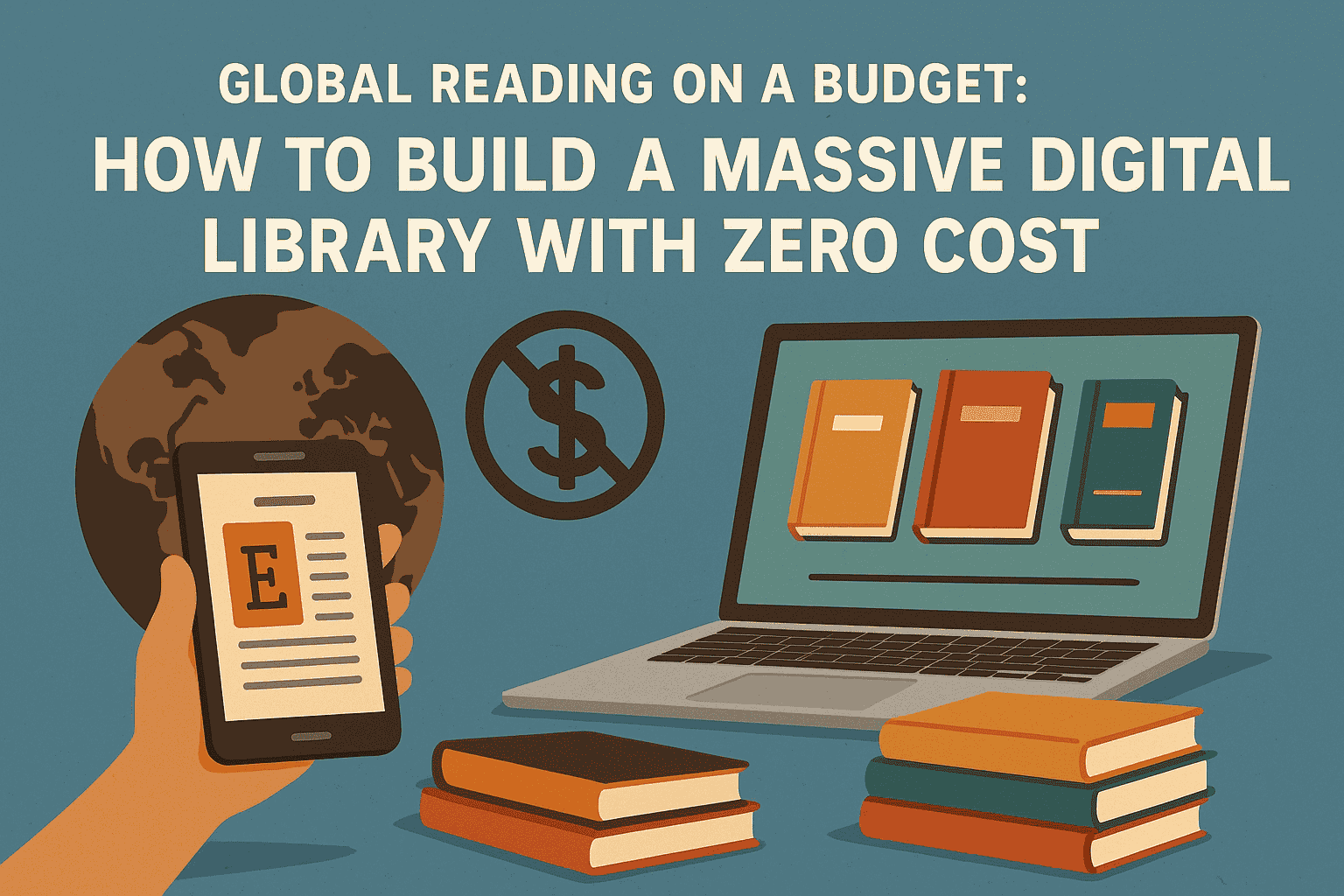The Magic of Baby Books: Nurturing Little Minds, One Page at a Time
Hello, fellow book lover and soon-to-be-parent! 📚
There's something truly enchanting about introducing your little one to the world of books. Those colorful pages, whimsical characters, and heartwarming stories hold the power to ignite a lifelong love for reading. In this blog post, we'll embark on a journey through the wonderful realm of baby books, exploring why they're more than just ink on paper.
Chapter One: Why Baby Books Matter
Alright, let's kick things off with a little backstory. Baby books aren't just cute accessories for the nursery. They play a crucial role in early childhood development. Here's why:
Language Development: Babies are like sponges, absorbing words and sounds around them. Reading aloud introduces them to new vocabulary and helps them understand the rhythms of speech.
Cognitive Skills: Those colorful illustrations and engaging stories stimulate cognitive development. They learn to make connections, identify objects, and even predict what happens next.
Bonding Time: Snuggling up with a book creates a special bonding experience. It's a time for cuddles, giggles, and shared moments of wonder.
Emotional Intelligence: Stories often delve into feelings and relationships. Through books, little ones learn about emotions, empathy, and the complexities of human interaction.
Setting the Foundation for Literacy: Early exposure to books lays the groundwork for future literacy. It instills a love for reading that can carry them through their entire lives.
Chapter Two: Choosing the Perfect Baby Book
Now that we've established the importance of baby books, let's talk about how to pick the perfect ones. It's like curating a mini-library for your bundle of joy. Here are some tips:
Texture and Durability: Babies explore with all their senses, so look for books with different textures and sturdy pages. This way, they can touch, feel, and even taste without any worries.
Engaging Illustrations: Bright, bold, and captivating illustrations are key. They grab your baby's attention and hold it, making the reading experience even more enjoyable.
Interactive Elements: Lift-the-flap books, touch-and-feel pages, and squeaky toys integrated into the book can add an extra layer of fun and engagement.
Rhymes and Rhythms: Babies are drawn to rhythmical patterns in language. Books with rhymes or repetitive phrases are not only entertaining but also help with language development.
Stories with Repetition: Repetitive storylines or recurring characters provide a sense of familiarity that babies love. It's like revisiting an old friend with each page turn.
Chapter Three: Making Reading Time a Joyful Ritual
Alright, let's talk about incorporating baby books into your daily routine. It's not just about the books themselves; it's about the experience. Here's how to make reading time a special ritual:
Choose the Right Time: Find a time when both you and your baby are relaxed and in a comfortable environment. It could be in the morning, before naptime, or as part of a bedtime routine.
Create a Cozy Space: Set up a comfy reading nook with soft cushions, blankets, and a selection of favorite books. Make it a space your baby looks forward to.
Engage with Enthusiasm: Your excitement is contagious! Use different voices for characters, make funny noises, and let your facial expressions reflect the emotions in the story.
Follow Their Lead: Let your baby explore the book in their way. They might want to touch, point, or even turn the pages themselves. Follow their cues and let them take the lead.
Repeat Favorites: Don't be surprised if your little one wants to read the same book over and over. Repetition is a sign that they're connecting with the story.
Chapter Four: Growing with Books: Adapting to Different Stages
As your baby grows, so will their interest in books. It's like progressing from finger foods to a full-fledged culinary adventure. Here's how to adapt:
Transition to Board Books: Around six months, babies can start handling sturdier board books. These are perfect for little hands to explore independently.
Introduce More Complex Stories: As your baby becomes a toddler, they'll start to grasp more complex storylines. It's time to introduce books with more text and engaging narratives.
Encourage Interaction: Ask questions about the story, encourage them to point out objects, and let them finish sentences if they're familiar with the book.
Incorporate Learning Themes: Choose books that introduce basic concepts like colors, numbers, shapes, and animals. It's a fun way to combine learning with play.
Visit the Library: Once they're a bit older, consider regular trips to the library. Let them choose books that catch their eye. It's a great way to foster independence and a love for exploration.
Chapter Five: Building a Diverse Library: Inclusivity in Baby Books
As you curate your baby's bookshelf, consider the importance of diversity and inclusivity in the stories you choose. Representation matters, even from the earliest years. Here's how to ensure your baby's library reflects a wide range of experiences:
Diverse Characters: Look for books that feature characters from various backgrounds, cultures, and ethnicities. This not only exposes your baby to different perspectives but also fosters empathy and understanding.
Inclusive Themes: Seek out books that address themes like friendship, kindness, and acceptance. These universal messages resonate with all children, regardless of their background.
Multilingual Books: If you're a multilingual household, consider incorporating books in different languages. It's a wonderful way to celebrate and preserve your cultural heritage.
Books About Different Abilities: Introduce your baby to stories that feature characters with diverse abilities. This helps normalize differences and encourages empathy.
Own Voices Authors: Support books written by authors who share the experiences or backgrounds depicted in their stories. This ensures authenticity and an accurate portrayal of diverse cultures.
Chapter Six: Growing Imagination Through Interactive Reading
As your baby transitions into toddlerhood, their curiosity and imagination will flourish. It's the perfect time to engage them in more interactive reading experiences. Here's how:
Encourage Participation: Ask open-ended questions like "What do you see on this page?" or "How do you think the story will end?" This encourages critical thinking and creativity.
Expand Vocabulary: As your toddler begins to talk, use reading as an opportunity to introduce new words. Point to objects name them, and encourage your child to repeat them.
Act Out the Story: Bring the story to life by acting out characters or imitating animal sounds. It's a playful way to make the narrative more interactive.
Creative Storytelling: Take turns with your toddler in creating a story. Start with a sentence and let them add on. It's a fun way to stimulate their imagination.
Explore Different Genres: Introduce a variety of genres like rhyming books, fairy tales, or non-fiction. This broadens their exposure and keeps reading time exciting.
Chapter Seven: Navigating Challenging Topics Through Books
As your child grows, they may encounter questions or emotions that can be addressed through books. Stories have a unique way of helping children process complex feelings or situations. Here are some tips:
Choose Age-Appropriate Material: Select books that are suitable for your child's developmental stage. The story should be relatable and offer age-appropriate explanations.
Use Books as Conversation Starters: If a book touches on a sensitive topic, use it as a starting point for a conversation. Ask open-ended questions to gauge your child's thoughts and feelings.
Provide Reassurance: If a story addresses a common fear or concern, offer reassurance and let your child know they can always talk to you about their feelings.
Highlight Positive Solutions: Look for books that offer positive resolutions or coping mechanisms. It helps your child see that challenges can be overcome.
A Lifelong Love for Reading Begins Here
And there you have it - a comprehensive guide to navigating the world of baby books. Remember, each page turned is an opportunity for discovery, learning, and bonding. Embrace the magic of storytelling and watch as your little one's love for reading blossoms.
Conclusion: A Lifetime of Adventures Through Books
And there you have it - a journey through the enchanting world of baby books. Remember, it's not just about the stories; it's about the precious moments shared, the bonds formed, and the foundation laid for a lifelong love of reading.
So, go ahead, and embark on this literary adventure with your little one. With each turn of the page, you're opening doors to a world of imagination and wonder. Happy reading, and may your baby's bookshelf be filled with treasured tales! 📚







